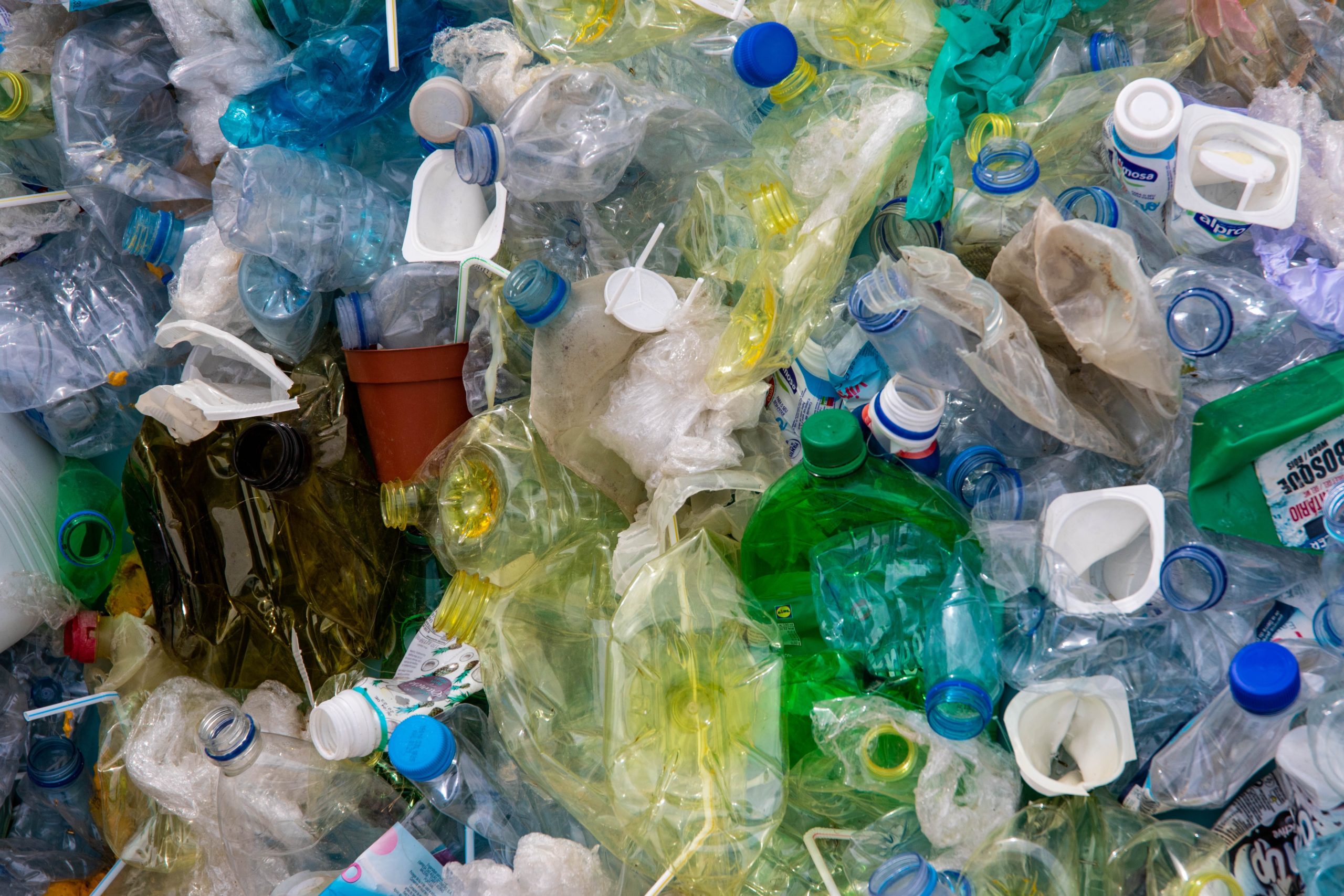Recycled plastic bottles are being used to create road building materials in a bid to reduce the carbon footprint of the construction industry.
Aramco engineers have been using materials ranging from plastic cups, to bottles and various packaging to produce a more robust road surface which requires less maintenance in comparison to conventional construction methods.
New roads in Hawiyah and King Salman Energy Park in Saudi Arabia’s Eastern Province, amongst other company facilities, have already successfully trialled the new recycled material.

This new “circular economy” eliminates waste by managing the use of resources. Rather than using a resource only once, a circular economy values the reuse of that same resource.
Saudi Aramco’s Chief Technology Officer Ahmad O. Al-Khowaiter says this circular economy is moving from where materials are used and then disposed of, to a more circular manner via the reduction of consumption, reuse, and recycle.
Construction makes up 13% of the global economy and is a huge contributor to CO2 emissions, with concrete production alone making up 8% of those emissions. Second to water, concrete is the most consumed material with three tons per year used for every person in the world.

After being added to asphalt – a mixture of dark bituminous pitch with sand or gravel – recycled plastic can increase the strength of the asphalt concrete mix, reduce the amount of bitumen used in the asphalt mix by up to 10%, therefore making it an economical choice.
The carbon footprint linked to concrete and asphalt can further be reduced by using industrial waste in the construction and civil engineering infrastructure instead of quarrying new materials which would involve using emissions-intensive heavy machinery.
Construction Week explained that by using additives such as recycled plastic, it’d be possible to lower the viscosity, or “thickness”, of the material so that it could be mixed at between 15C and 30C below the normal temperature, thus requiring less energy and reducing emissions.
Remarkably, road surfaces which are built this way are far more durable because the initial oxidation of the bitumen is reduced, making it more resistant to UV radiation.






